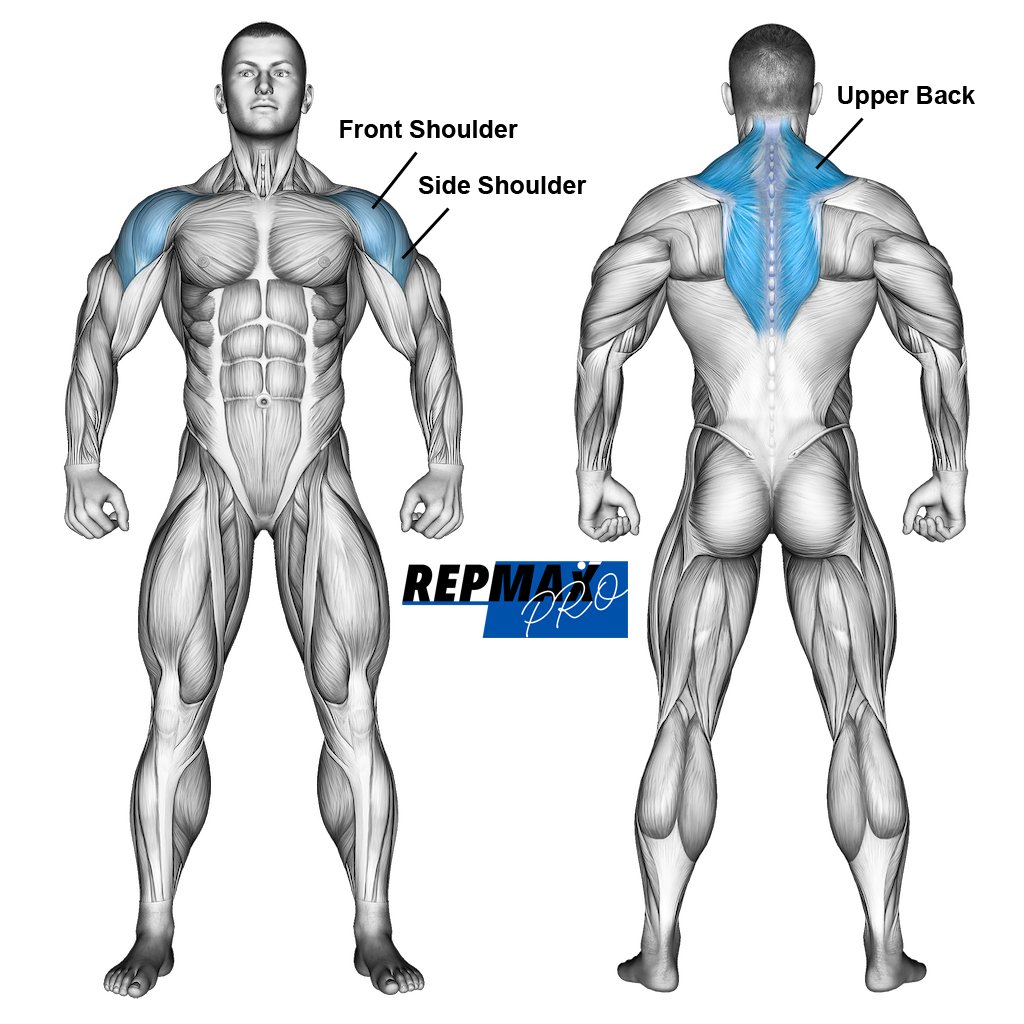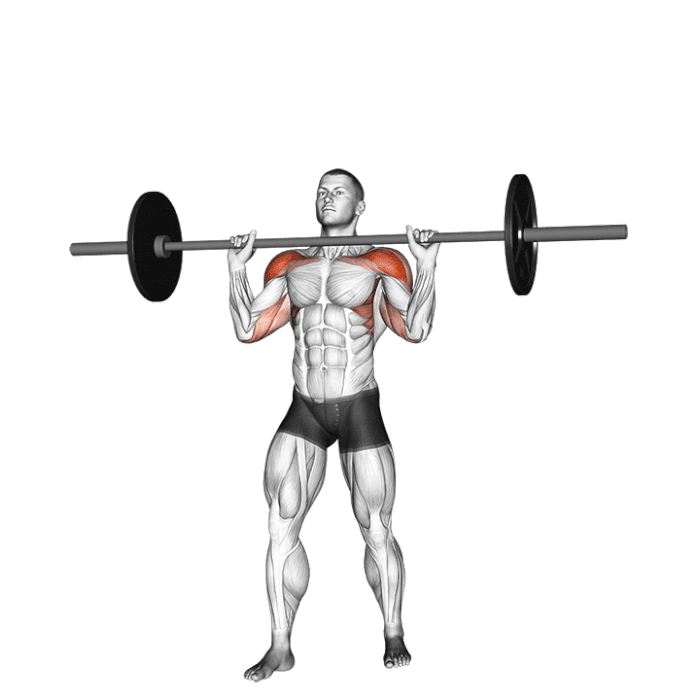Cable Standing Hip Extension
The Cable Standing Hip Extension is an effective exercise designed to strengthen the posterior chain, particularly focusing on the glutes. This movement utilizes a cable machine to provide constant resistance, making it a valuable addition to any lower-body workout routine.
This is a lower-body exercise that targets the glutes and hamstrings through hip extension. By using a cable machine, the exercise allows for consistent resistance throughout the movement, enhancing muscle activation and improving overall strength. The standing position also engages the core and stabilizer muscles, making it a functional exercise that mimics real-life movements.
Targeted Muscle Groups

Primary Muscles:
- Gluteus Maximus: The primary muscle targeted during the exercise, responsible for hip extension and providing power to the movement.
- Hamstrings: Located at the back of the thigh, these muscles assist in hip extension and knee flexion.
Secondary Muscles:
- Core Muscles: The abdominal and oblique muscles engage to stabilize the torso and maintain balance.
- Erector Spinae: The muscles along the spine that help support the back and maintain a neutral posture.
- Adductors: Inner thigh muscles that contribute to stabilizing the movement and controlling hip motion.
Equipment Needed
To perform the Cable Standing Hip Extension, you will need:
- Cable Machine: With a low pulley setting.
- Ankle Strap Attachment: To secure around the ankle for the hip extension.
- Weight Plates: To adjust the resistance according to your strength level.
- Optional Mat: To provide cushioning and improve comfort, especially if standing on a hard surface.
Step-by-Step Guide: How to Do the Cable Standing Hip Extension
1. Setup:
- Attach the ankle strap to the low pulley of the cable machine. Adjust the weight to your preferred resistance level. Stand facing the machine with your feet hip-width apart and the strap secured around one ankle.

Muscles used in the military press.
Illustration credit © Aliaksandr Makatserchyk
2. Position Your Body:
- Hold onto the machine or a stable surface for balance if needed. Shift your weight to the non-working leg and slightly bend the knee for stability. Keep your torso upright, engage your core, and maintain a neutral spine.
3. Begin the Movement:
- Extend the working leg behind you while keeping it straight. Focus on using your glutes to perform the hip extension, avoiding excessive use of the lower back. Ensure the movement is controlled and steady.
4. Contract and Squeeze:
- At the top of the movement, squeeze your glutes and hold for a brief moment to maximize muscle contraction.
5. Return to Start:
- Slowly return to the starting position by lowering your leg back to the floor. Maintain control and avoid letting the cable pull your leg abruptly.
6. Repeat:
- Perform the desired number of repetitions, then switch to the other leg. Aim for a balanced workout by working both sides equally.
Recommended Reps and Sets
- Beginners: 3 sets of 12–15 reps per leg, focusing on mastering the form and muscle engagement.
- Intermediate/Advanced: 4 sets of 8–12 reps per leg with a higher weight to challenge muscle strength and endurance.
Rest for 60–90 seconds between sets to recover adequately.
Pro Tips for Success
- Maintain a Neutral Spine: Keep your back straight and avoid arching or rounding to prevent strain and ensure effective glute activation.
- Engage Your Core: Tighten your abdominal muscles to support your lower back and enhance stability during the exercise.
- Focus on Glute Activation: Emphasize the use of your glutes to extend the hip rather than relying on your lower back or other muscles.
- Controlled Movements: Perform the exercise with slow and controlled motions to maximize muscle engagement and reduce the risk of injury.
- Proper Foot Placement: Ensure your supporting leg is slightly bent and your weight is evenly distributed to maintain balance and stability.
Common Mistakes to Avoid
- Using Too Much Weight: Excessive weight can compromise form and reduce the effectiveness of the exercise. Start with a manageable weight and gradually increase as you build strength.
- Rounding the Back: Avoid rounding your back during the movement. Maintain a neutral spine to prevent lower back strain and ensure proper muscle engagement.
- Hyperextending the Hip: Avoid excessive hip extension that can lead to discomfort or injury. Focus on a controlled range of motion.
- Swinging the Leg: Perform the movement in a controlled manner to ensure that the glutes are doing the majority of the work. Swinging the leg can reduce the effectiveness of the exercise.
The Cable Standing Hip Extension is an excellent exercise for strengthening the glutes and hamstrings while also engaging the core and stabilizer muscles. By incorporating this exercise into your lower body routine, you can improve hip extension strength, enhance athletic performance, and support overall lower body development. Focus on maintaining proper form, using controlled movements, and engaging the target muscles to maximize benefits and minimize the risk of injury.
